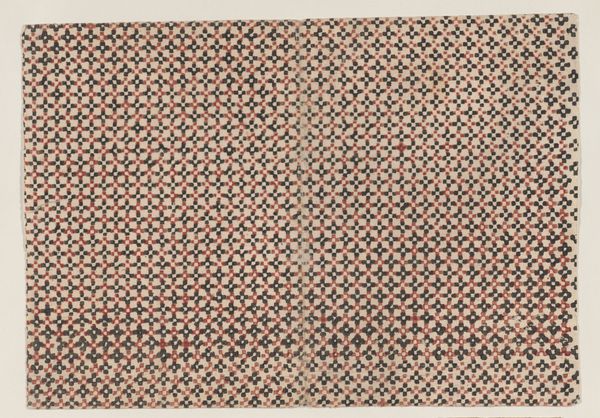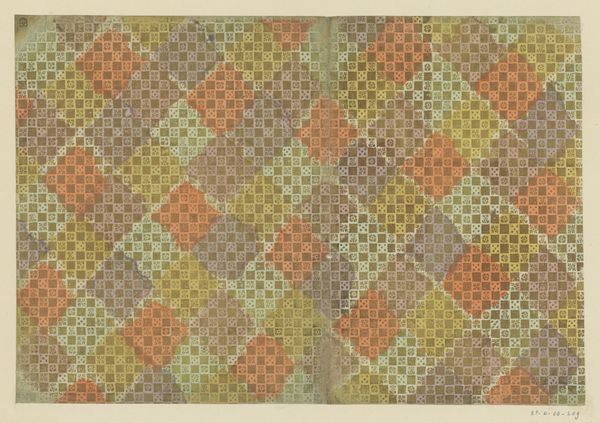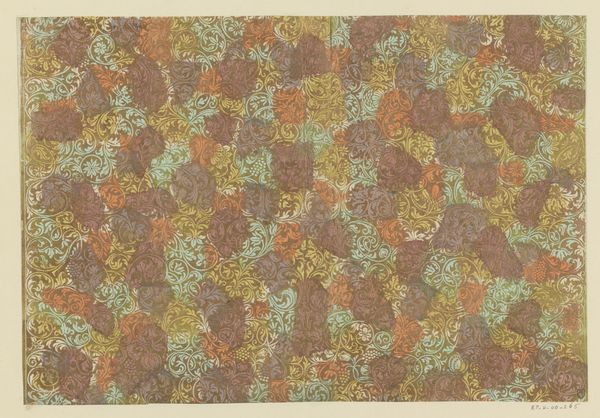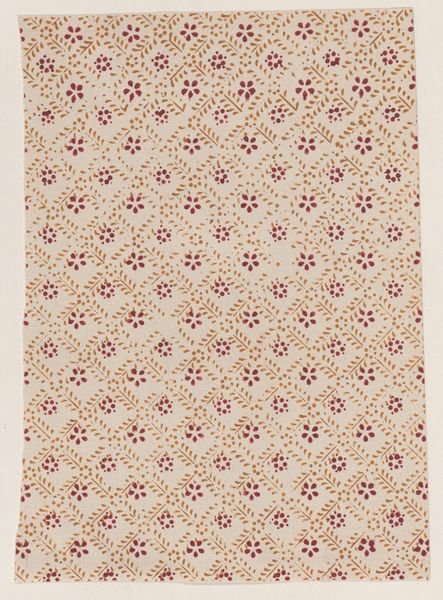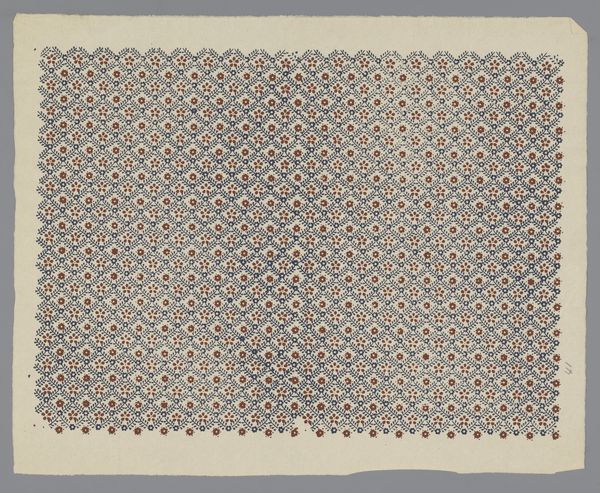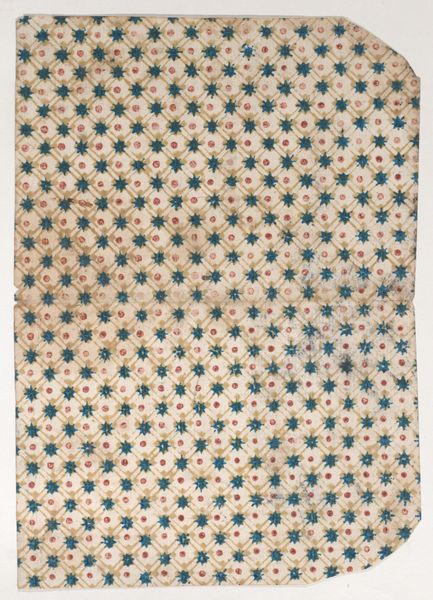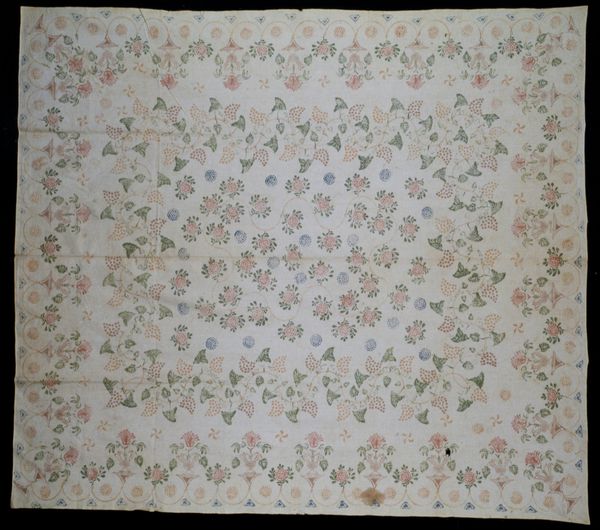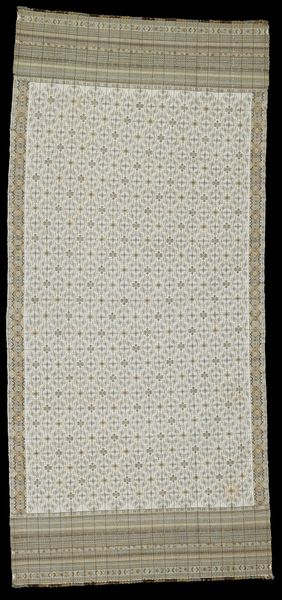
Album met ornamentprenten met cartouches, maskers, vazen en kapitelen 1644 - 1718
0:00
0:00
giuseppemariamitelli
Rijksmuseum
# print
#
geometric pattern
#
geometric
Dimensions: height 218 mm, width 325 mm, thickness 5 mm, width 608 mm
Copyright: Rijks Museum: Open Domain
Editor: Here we have “Album met ornamentprenten met cartouches, maskers, vazen en kapitelen” by Giuseppe Maria Mitelli, dating from 1644 to 1718. It's a printed work, currently held at the Rijksmuseum. Initially, it reads to me as just a kind of soft, geometric pattern, a bit faded with time. What do you see in this piece? Curator: Well, beyond the obvious geometric arrangement, consider the enduring appeal of ornament itself. The replication here, the echo of form… it speaks to a deeper human impulse. In every culture, we find this desire to order chaos, to impose pattern and rhythm. Think of the power of these repeated forms: is there something innately soothing or perhaps subtly hypnotic in this consistent visual echo? What memories might it stir? Editor: Hypnotic is an interesting word for it. It’s true, once you start to look at one section, your eye kind of wants to drift across the entire surface, connecting all of the matching shapes. But beyond the potential hypnotic quality, is there some other symbolic reason why artists would return to pattern-making? Curator: Consider the purpose of adornment in historical context. Ornamentation often served to elevate everyday objects, imbuing them with significance. Here, we witness not mere decoration but perhaps an attempt to create a sense of the sacred. Doesn't the even distribution almost evoke the infinite expanse of a starry sky or a field of flowers stretching beyond the horizon? It’s not about any *one* thing, but rather the whole, and its presence, its very being. Editor: That’s a great way to frame it, the attempt to create a sense of the sacred… I’ll never look at wallpaper the same way. Curator: Indeed, the mundane and the sacred are often intertwined. A worthwhile perspective, I think!
Comments
No comments
Be the first to comment and join the conversation on the ultimate creative platform.

